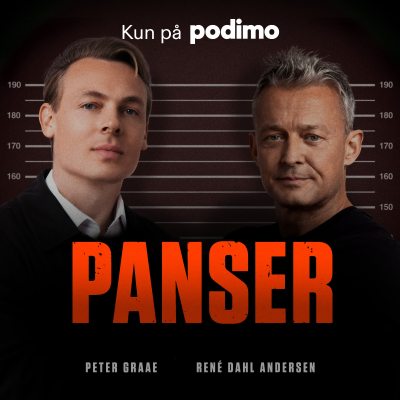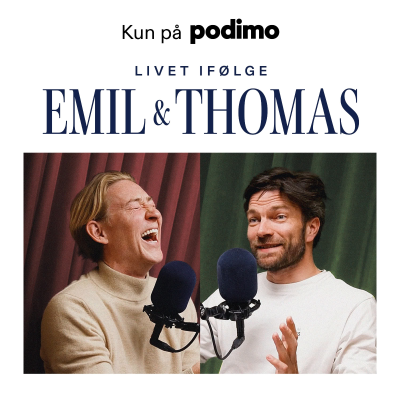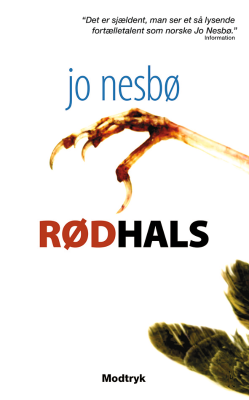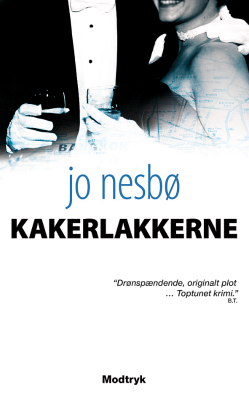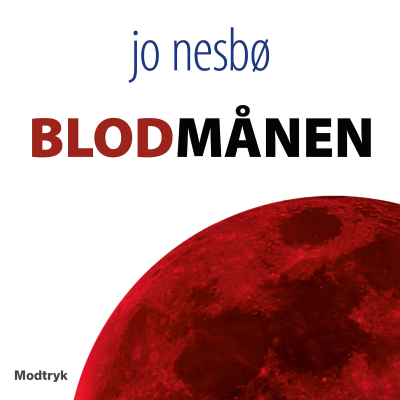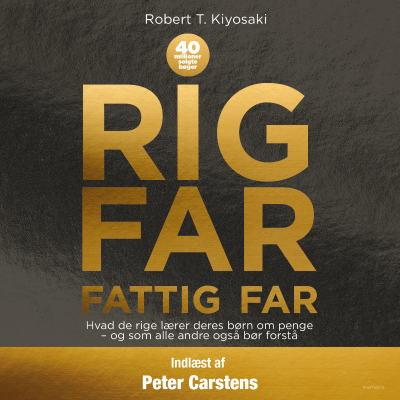
Lunch Hour Lectures - Spring 2008 - Audio
engelsk
Sundhed & personlig udvikling
Begrænset tilbud
1 måned kun 9 kr.
Derefter 99 kr. / månedOpsig når som helst.
- 20 lydbogstimer pr. måned
- Podcasts kun på Podimo
- Gratis podcasts
Læs mere Lunch Hour Lectures - Spring 2008 - Audio
Spring 2008 - UCL's Lunch Hour Lecture Series is an opportunity for anyone to sample the exceptional research work taking place at the university, in bite-size chunks. Speakers are drawn from across UCL and lectures frequently showcase new research and recent academic publications. Lunch Hour Lectures require no pre-booking, are free to attend and are open to anyone on a first-come, first-served basis.
Alle episoder
16 episoderThe Yin and Yang of Cellular Communication - Audio
The lecture looks at how cells in emerging multicellular organisms have evolved ways of communicating with each other. The basic ‘yes’ and ‘no’ signalling was probably mediated by release into the extracellular space of substances which were available in abundance inside the cells – purine nucleotide ATP (molecule charged with energy – excitatory Yang) and its breakdown product adenosine (molecule devoid of energy – inhibitory Yin). The lecture will use examples from current research demonstrating how this dual system of conveying information from one cell to another has been preserved during evolution. Both substances are important modulators of cellular functions still playing often opposing roles in the peripheral tissues as well as in the central nervous system.
What can Venus, Mars and Titan tell us about Earth? - Audio
Several space missions of planetary exploration are currently underway, including Venus Express and Mars Express to our planetary neighbours and Cassini-Huygens to Saturn. In this talk, we will look at some of the results from these missions. Remarkably, these distant bodies can also tell us more about our own planet. Will the greenhouse effect run away here as it has at Venus, or might severe climate change happen as at Mars? Does Titan really show us what prebiotic Earth was like? We will also look at possible future space missions to these bodies.
Toad meets T-Rex: The Evolution and Diversification of Frogs - Audio
Love them or loathe them, frogs have a place in popular culture, from ‘Kermit’ to ‘Toad of Toad Hall’. The short, tailless body, large head, and long legs give a profile that is vaguely humanoid, but frogs are optimised for leaping rather than walking, a locomotor strategy that has been highly successful. Amongst amphibians, their body plan is unique, prompting questions as to its origin and evolutionary history. Some of the answers may be found in the fossil record of frogs, dating back 250 million years to the very beginning of the ‘Age of Dinosaurs’.
Tesla and the Art of Fugue - Audio
Although the field of ‘art and science’ – the fusion of art, science and technology – has existed for at least two decades, its validity and value are still questioned, often very forcefully, by both the artistic and scientific communities. This talk will examine some of the arguments both for and against art and science, drawing on material from Tesla, the open discussion forum on art and science at UCL Computer Science Department, and Fugue, Tesla’s first project. Perhaps some of the questions will be answered; however, it is equally likely that some new ones will be asked.
The Strange Case of Hart Crane and Samuel Greenberg - Audio
One of the most striking poems in the American poet Hart Crane’s first collection, ‘White Buildings’ (1926) is ‘Emblems of Conduct’. Long after Crane’s premature death in 1932, it emerged that this poem was in fact a mosaic of lines appropriated from an almost unknown New York poet called Samuel Greenberg, who had died in 1917 at the age of 23 – and whose work would probably have disappeared altogether had it not been plagiarized by Crane. This lecture will explore the nature and implications of this theft, and make a case for the long neglected work of the ill-fated Greenberg.
Vælg dit abonnement
Begrænset tilbud
Premium
20 timers lydbøger
Podcasts kun på Podimo
Gratis podcasts
Opsig når som helst
1 måned kun 9 kr.
Derefter 99 kr. / måned
Premium Plus
100 timers lydbøger
Podcasts kun på Podimo
Gratis podcasts
Opsig når som helst
Prøv gratis i 7 dage
Derefter 129 kr. / month
1 måned kun 9 kr. Derefter 99 kr. / måned. Opsig når som helst.
